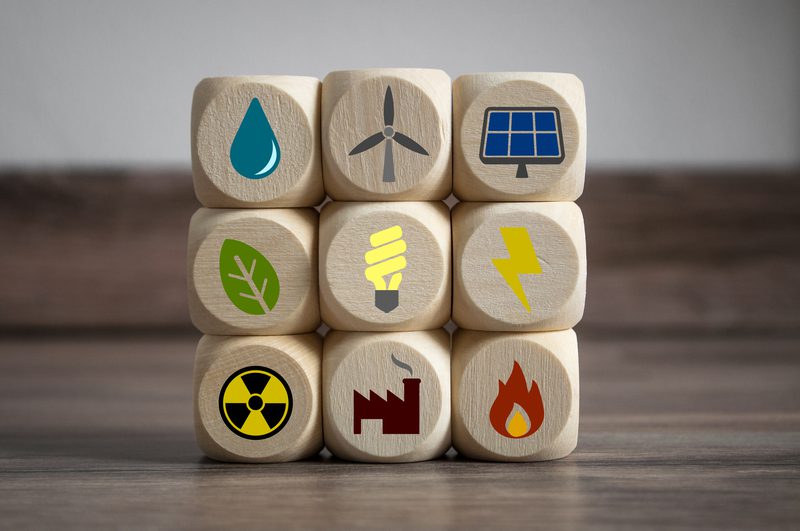Energy vs Covid
Overall, public spending on sustainable energy remains a small proportion of the unprecedented USD 18.2 trillion in fiscal outflows that governments have dedicated to countering the economic impacts of Covid. But the IEA estimates that government spending that has been earmarked prior to 2023 could support over USD 1.6 trillion worth of sustainable investments by mobilising higher levels of private sector participation.
The Sustainable Recovery Tracker examines and makes publicly available over 1000 national policies enacted to accelerate clean energy transitions as part of fiscal measures to limit the economic fallout from the pandemic. The tracker was first published in July 2021 and its update was requested by G20 leaders at their November 2021 meeting in Rome.
The IEA will continue to track government fiscal responses to the ongoing energy crisis, as well as tracking government spending directed at clean energy, in line with the G20’s request. Corporates will do well to bookmark their pages and sign up for email alerts on this work as it gathers pace. These are updates that should be across every board table.
Going forward, the Tracker will broaden the government energy spending it monitors, including how governments use fiscal means to ensure security of supply, maintain affordability and advance clean energy transitions against the benchmark of the IEA’s Net Zero Emissions by 2050 Scenario.
Where to Invest
Corporates with a global presence will note government packages that contributed the most to sustainable recovery measures are the American Infrastructure and Jobs Act and the France 2030 investment plans, followed by Australia’s Long-Term Emissions Reduction Plan and the Japanese Supplementary National Budgets voted for the periods 2020/2021 and 2021/2022.
Almost all the spending since October has come from advanced economies, notably the United States, France, Australia and Japan. Overall, government spending in advanced economies heavily emphasises energy efficiency, notably retrofits, as well as clean and efficient transport modes. Good news for firms in these sectors.
Conversely, government spending in low-carbon power is lagging the levels needed in the Net Zero Scenario from 2021-2023 and electricity grid upgrades would benefit from greater funding levels.
Further, EMDE governments have mostly focused on low-carbon power development, electric vehicles, and charging infrastructure. Some notable examples include subsidy extensions for wind, photovoltaic and biomass power generation projects, as well as state-backed loans, notably for offshore wind projects in China, and India’s EV and charging subsidies in its Self-Reliant India Programme (Atmanirbhar Bharat).
There are other challenges. Consumer-facing spending, such as the USD 72 billion available for energy efficiency retrofits between now and 2023, faces particular issues being quickly activated.
Households are often unaware of the available retrofits and appliances, or find administrative barriers too daunting for the subsidy to be worth it. Programmes where contractors or installers receive part of the incentives often produce better marketing, and therefore greater uptake.
Plus, supply chain bottlenecks born from global lockdown implementations were causing high prices and project delays even before Russia’s invasion of Ukraine, which has exacerbated matters. These price spikes are feeding into shipping and manufacturing costs, which has caused projects to be shelved or scaled back, even at the same funding levels.
Economic uncertainty is also deterring private investment in large, lengthy projects. Finally, labour shortages could also prevent firms ramping up to absorb additional government support available.
SIGN UP TO OUR NEWSLETTER
We do not sell our lists, and you can easily unsubscribe if you so wish.
Endgame
Today’s business scenario is fascinating, if tough to plan. Cash to sustainably transition from Covid to a global model that fits sustainability is there.
Flowing from government purses, it is ready, for those corporates who find the best leverage, to build a new scenario of clean power with all the associated business opportunities in the pipeline, supply chain, delivery and manufacturing of all this positive work.
But Russian action in Ukraine has hiked costs. Supply chains are struggling to cope after a two-year shutdown. Market confidence is limited yet companies are delighted to be back at work.
Now, more than ever, a strong business intelligence department, probably earmarked within sustainability spend will be key to heading successfully out of Covid into a greener business reality. For a start, every company should be making these IEA reports essential reading for strategy makers.



